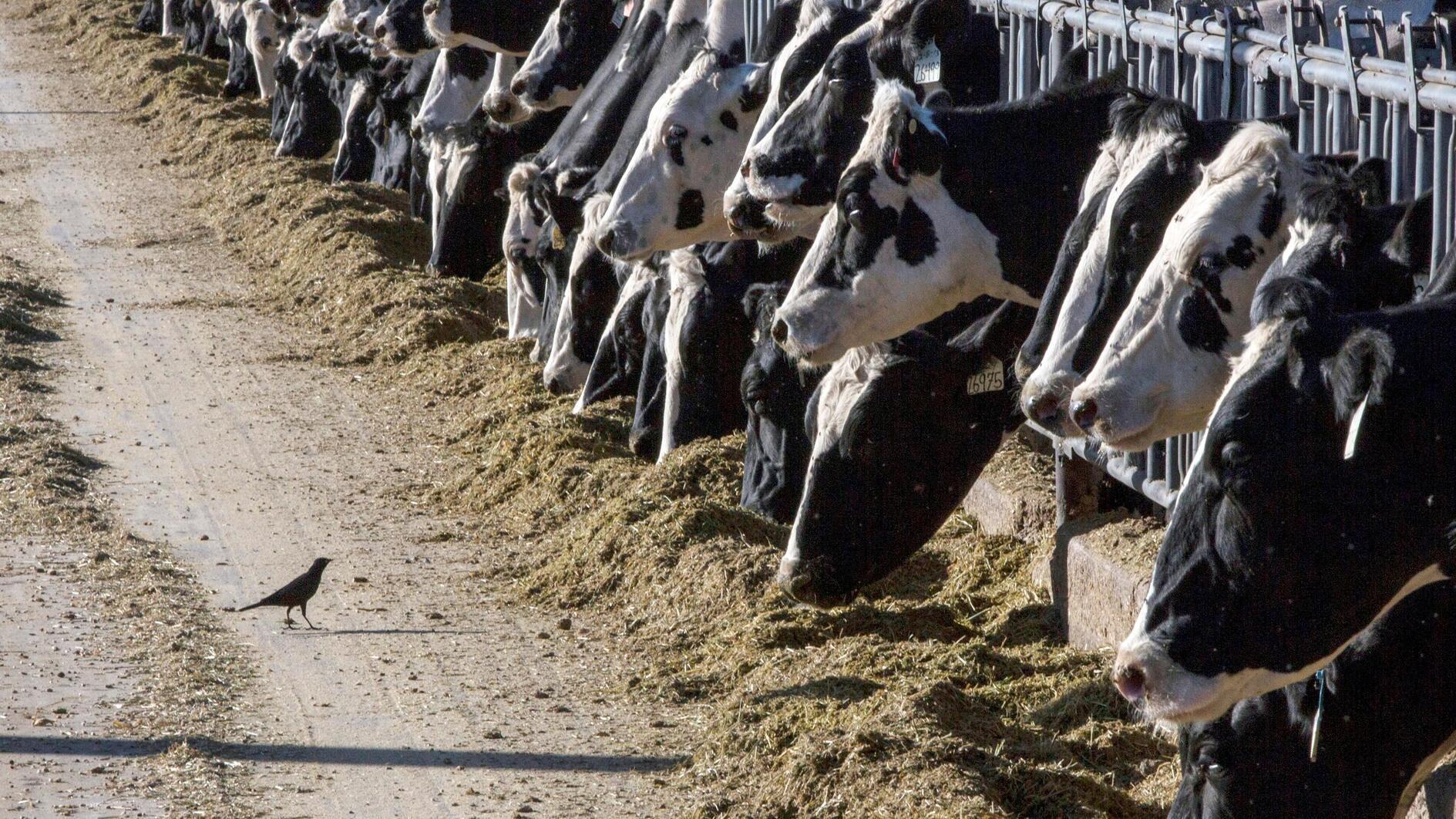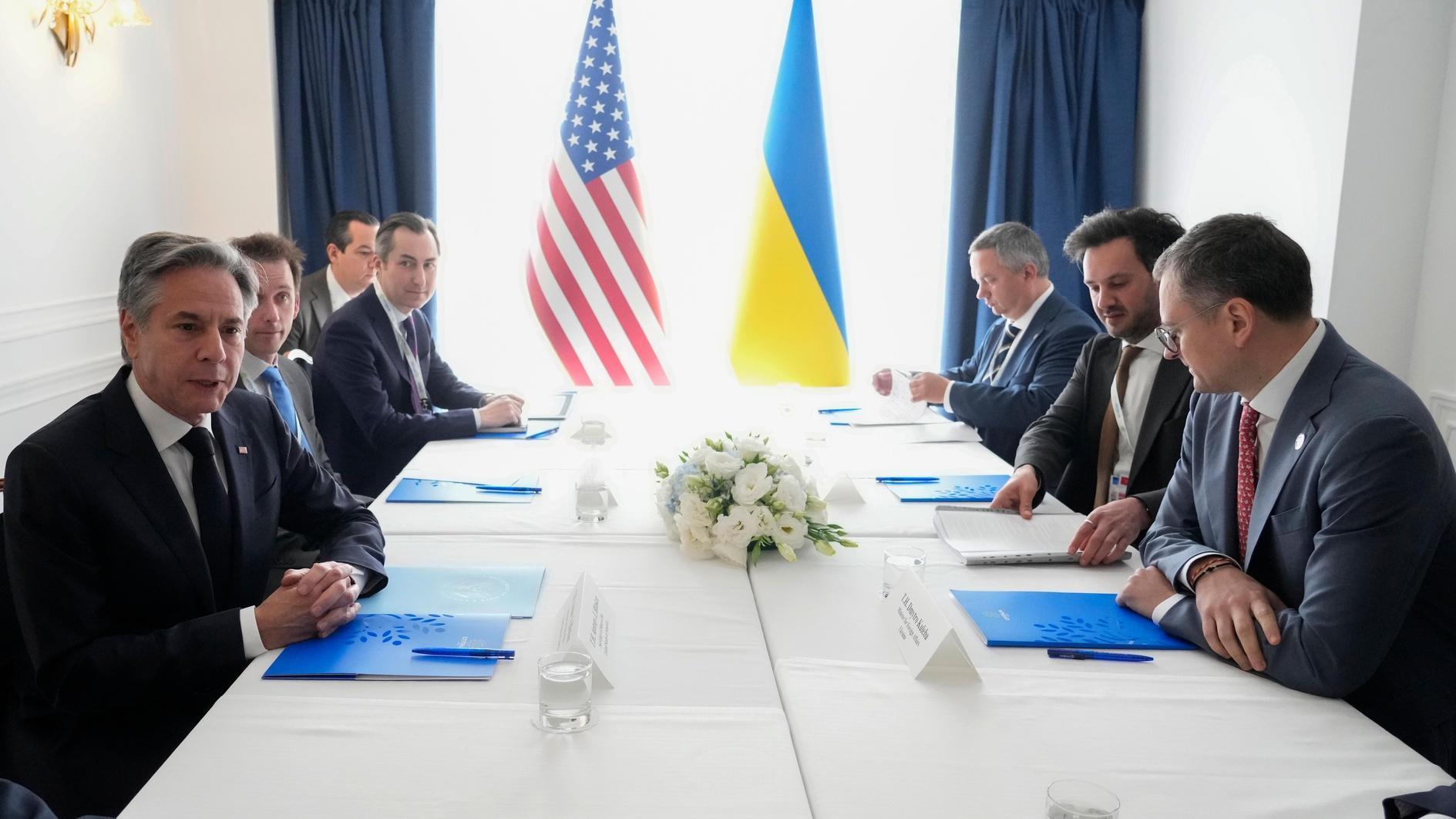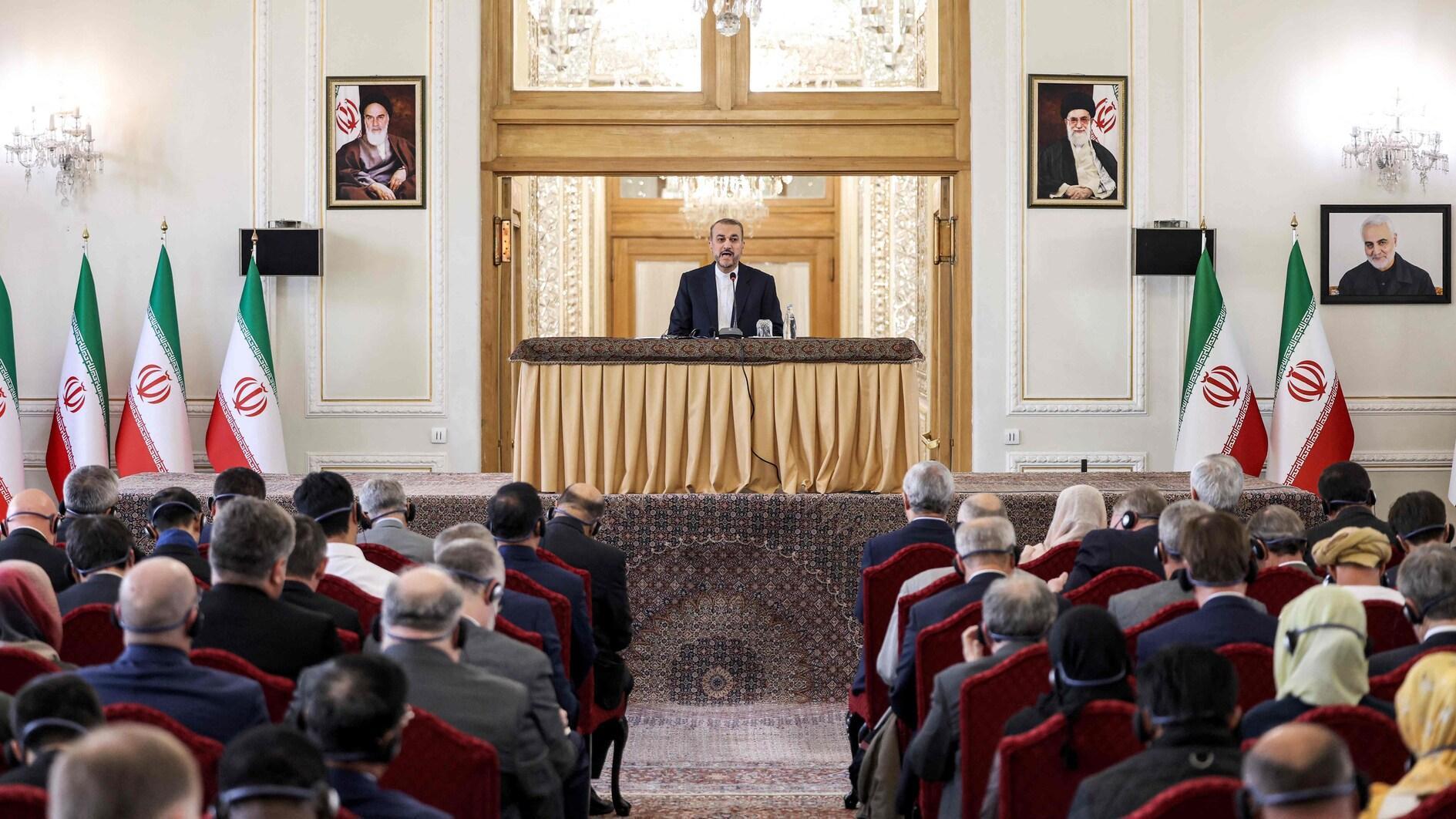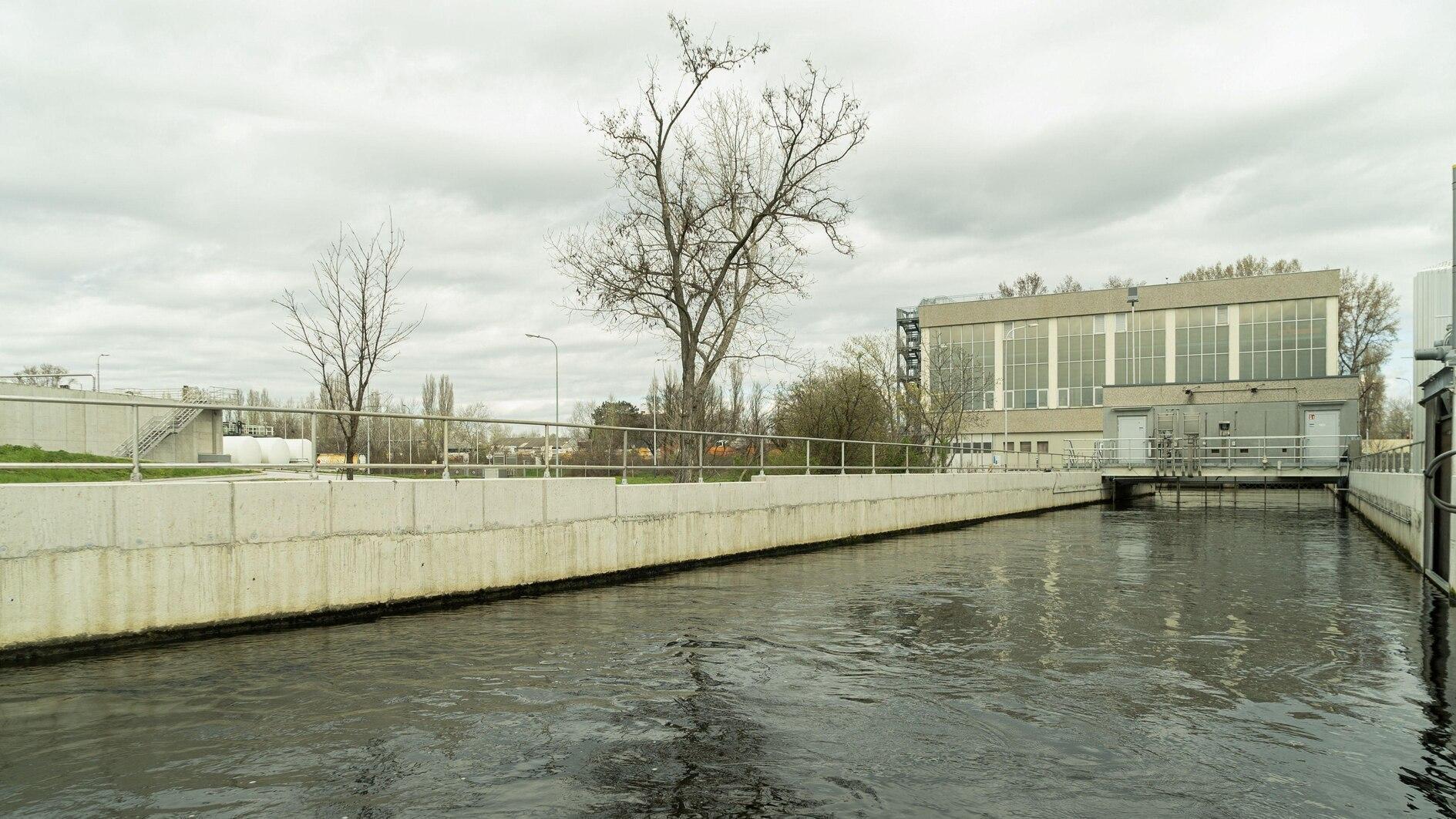How the ISIL fire in Syria burned 22 Turkish cities: In four questions
ISTANBUL
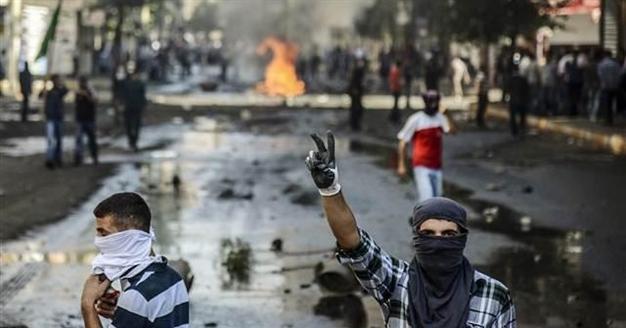
1- WHAT IS HAPPENING IN TURKEY?
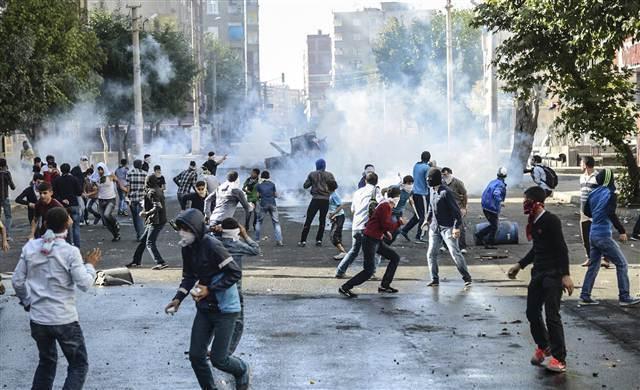
* Thirty people, including eight policemen, were injured in Istanbul, while 98 protesters were detained, according to the Istanbul governorate. A group of masked protesters barricaded a road in Ankara before being dispersed by the police. İzmir, another western metropolis, saw 26 arrests. Adana, Antakya, Osmaniye, Antalya, Eskişehir, Denizli and Kocaeli are other cities where protests were staged.
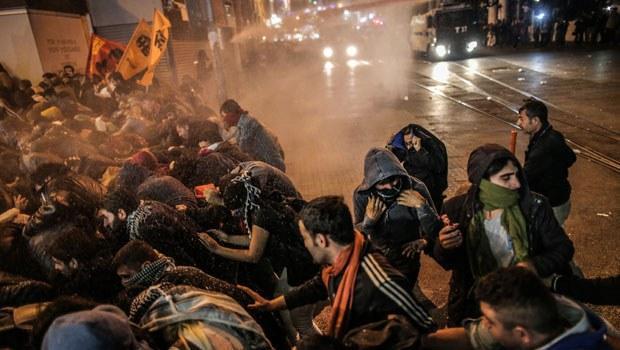
2- WHAT IS THE GOVERNMENT DOING?
* Police used tear gas and water cannons against protesters, some of whom were throwing molotov cocktails at security forces and local buildings including schools and banks. A curfew has been declared in six provinces and schools went on holiday in several districts. Turkish Airlines flights to Diyarbakır, as well as Adana-Mersin train services, have been cancelled.
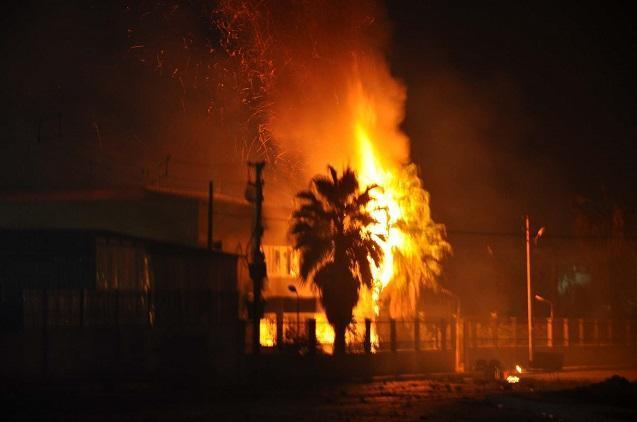
A high school in Mersin was torched late on Oct. 7
* “Violence is not a solution method. Violence will find its response. This irrational attitude should be ended immediately,” Interior Minister Efkan Ala said late Oct. 7. Prime Minister Ahmet Davutoğlu is scheduled to chair a security summit on Oct. 8. Meanwhile, Diyarbakır, Mardin, Van and Batman are witnessing soldiers patrolling the streets for the first time in many years.
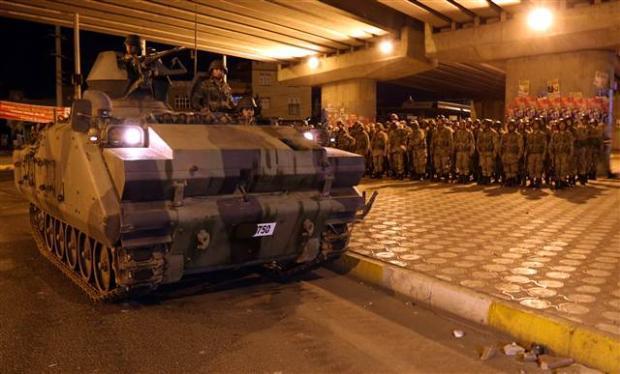
3- WHO ARE THE PROTESTERS?
* Most protesters who initially hit the streets were either supporters of the Kurdish problem-focused Peoples’ Democratic Party (HDP) in Parliament, or the outlawed Kurdistan Workers’ Party (PKK), which share the same grassroots base. Some protesters attacked the local branches of several parties, including the ruling Justice and Development Party (AKP) and the Nationalist Movement Party (MHP).
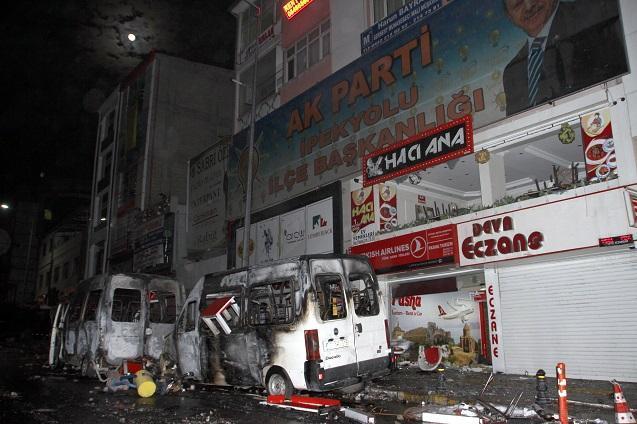
A local AKP branch in Van province was attacked

A branch of the pro-Hizbullah party Hüda Par in Diyarbakır was also attacked
4- WHAT DO THEY WANT?
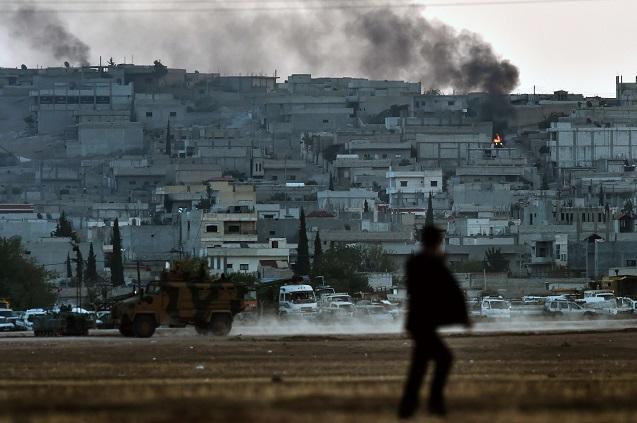
Smoke rises from the city centre of the Syrian town of Ain al-Arab, known as Kobane by the Kurds, as seen from the Turkish town of Suruç on the Turkey-Syria border, on Oct. 7, 2014. AFP PHOTO / ARIS MESSINIS


